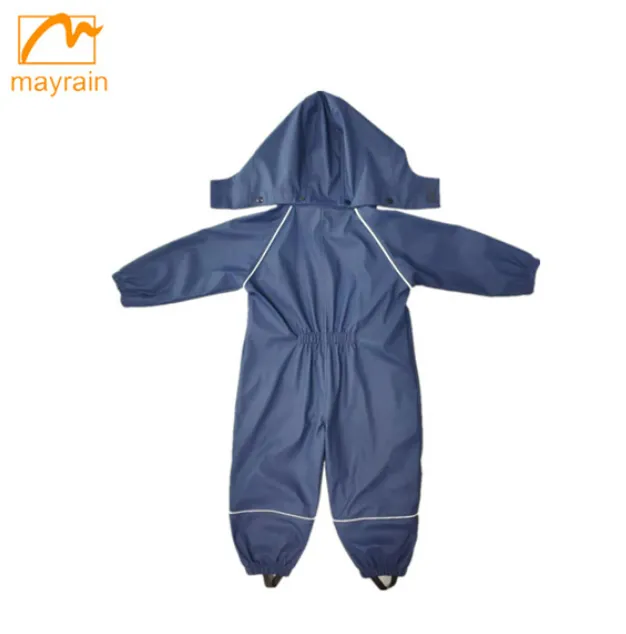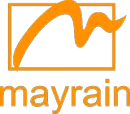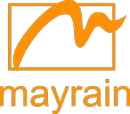 rainwears@163.com may@may-rain.com
rainwears@163.com may@may-rain.com Lunes a viernes: 8.00 am - 7.00 pm
Lunes a viernes: 8.00 am - 7.00 pm
The Art of Protection: Exploring Drawing Aprons Through Sketch and Color
For artists, designers, and hobbyists alike, an apron is more than just a piece of fabric—it’s a tool of expression, a practical necessity, and often a canvas of creativity itself. A drawing apron plays a vital role in the creative process, shielding clothes from paint, ink, or charcoal while reflecting the artist's personality and style. In this article, we’ll explore the practical and artistic sides of aprons—from the essentials of a sketch of apron to the aesthetics of an apron drawing with color.

Function Meets Form: Why Use an Apron for Drawing?
Whether you're sketching, painting, or crafting, an apron for drawing helps you stay clean, organized, and focused. A good drawing apron protects your clothing, offers storage for brushes or pencils, and gives you the freedom to dive into your work without hesitation.
Here are key benefits of using a drawing apron:
Protection: Shields your clothing from spills, smudges, and pigments.
Convenience: With pockets for tools, you won’t have to pause your workflow to search for a pencil or eraser.
Durability: Often made from canvas, denim, or cotton for long-lasting wear.
Estilo: A drawing apron can be customized with patches, paint, or stitching to reflect your identity.
Professional and amateur artists alike appreciate the comfort and utility of a drawing apron, especially when working for extended periods.
Visualizing Ideas: Apron Sketch and Line Art
Before sewing or designing a new apron, many artists begin with an apron sketch or apron line drawing. These preliminary images help visualize design details such as length, strap placement, pocket configuration, and overall silhouette. In art education and fashion design, a sketch of apron is a fundamental exercise that sharpens observational skills and design planning.
When creating or studying an apron line drawing, here are features to focus on:
Outlines: Clean, clear lines defining the body, straps, and hem.
Proportions: Accuracy in how the apron fits on the human figure.
Detalles: Stitching lines, pockets, buttonholes, or folds that suggest the structure.
Style Variation: Differences in bib aprons, waist aprons, cross-back aprons, etc.
Sketching aprons is not just about technical accuracy—it's an opportunity to explore design choices and bring creative concepts to life.
Bringing It to Life: Apron Drawing with Color
Moving from line to color transforms a simple apron sketch into a dynamic visual concept. An apron drawing with color can be done in watercolors, markers, colored pencils, or digital illustration tools. Adding color allows artists to explore textile choices, patterns, and branding elements.
Common techniques used in a colored apron drawing with color:
Shading and Highlighting: To show fabric folds, light source, and texture.
Pattern Design: Including florals, geometric prints, or themed illustrations.
Material Indication: Using different color tones to suggest denim, cotton, canvas, or leather textures.
Personalization: Adding a name, brand logo, or signature art element.
Color adds depth, personality, and realism to the drawing—especially useful for portfolios or product mock-ups.
Final Thoughts: Aprons as a Creative Canvas
A drawing apron is much more than a protective garment. It is a symbol of creativity, readiness, and identity. Whether you're designing one through an apron sketch, planning a line drawing, or rendering an apron drawing with color, aprons tell a story—not just of utility, but of artistry.
From students in design class to professional illustrators and crafters, aprons protect more than just clothes—they protect the flow of creativity. So the next time you put on your apron or sketch one in your notebook, think of it as part of your artistic signature.
-
Stylish Kids' Rainwear: Cartoon Jackets And Fleece-Lined Coats
NoticiasJul.09,2025
-
Raincoat Hats And Travel-Ready Ponchos for All
NoticiasJul.09,2025
-
Men's Raingear: Stylish and Functional Choices for Every Need
NoticiasJul.09,2025
-
Functional Women's Rain Wear: Beige Coats and Classics
NoticiasJul.09,2025
-
Effortless Outdoor Living – Auto-Tents, Camping Beds And More
NoticiasJul.09,2025
-
Duck Back Rain Wear Meets Tropical Windbreaker Protection
NoticiasJul.09,2025































